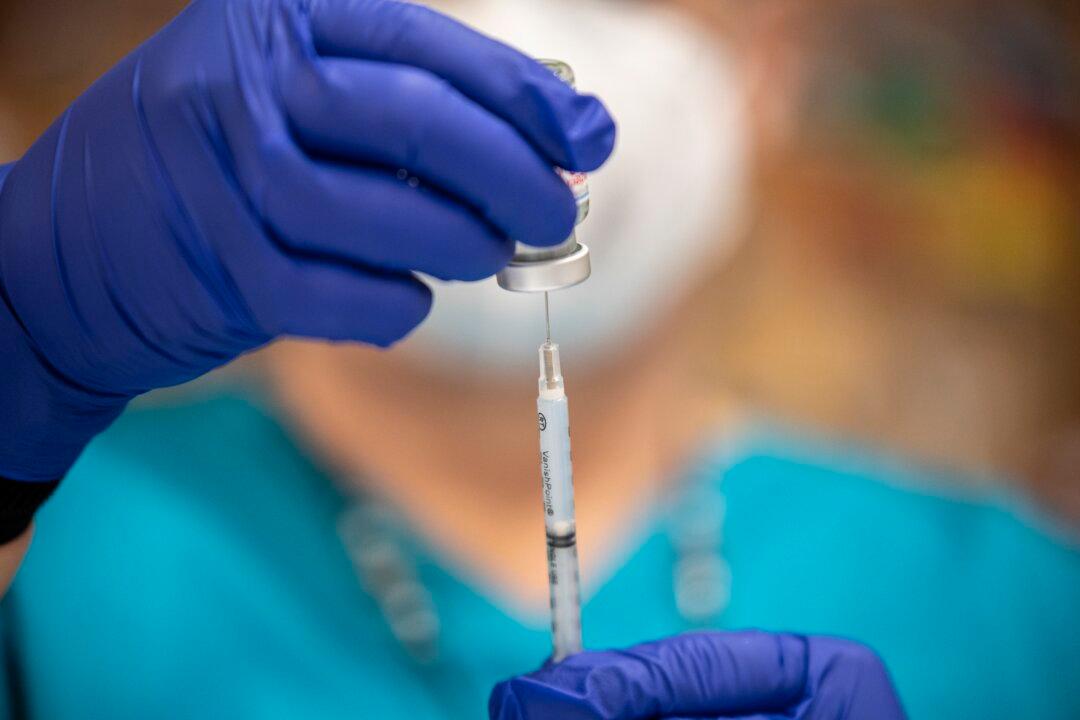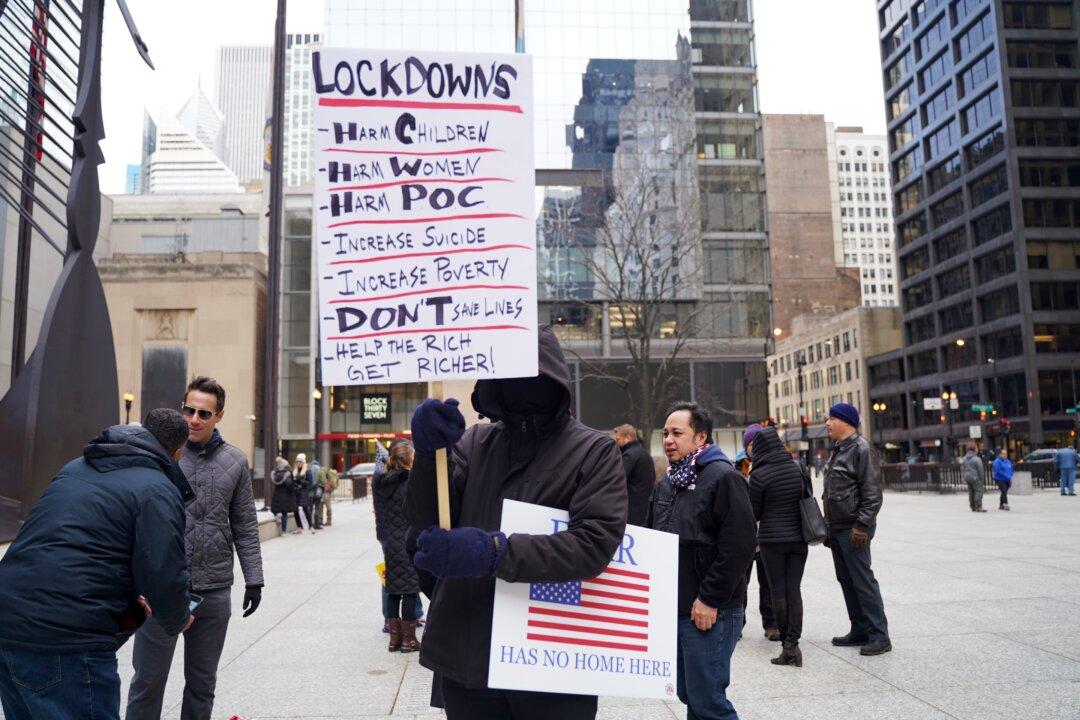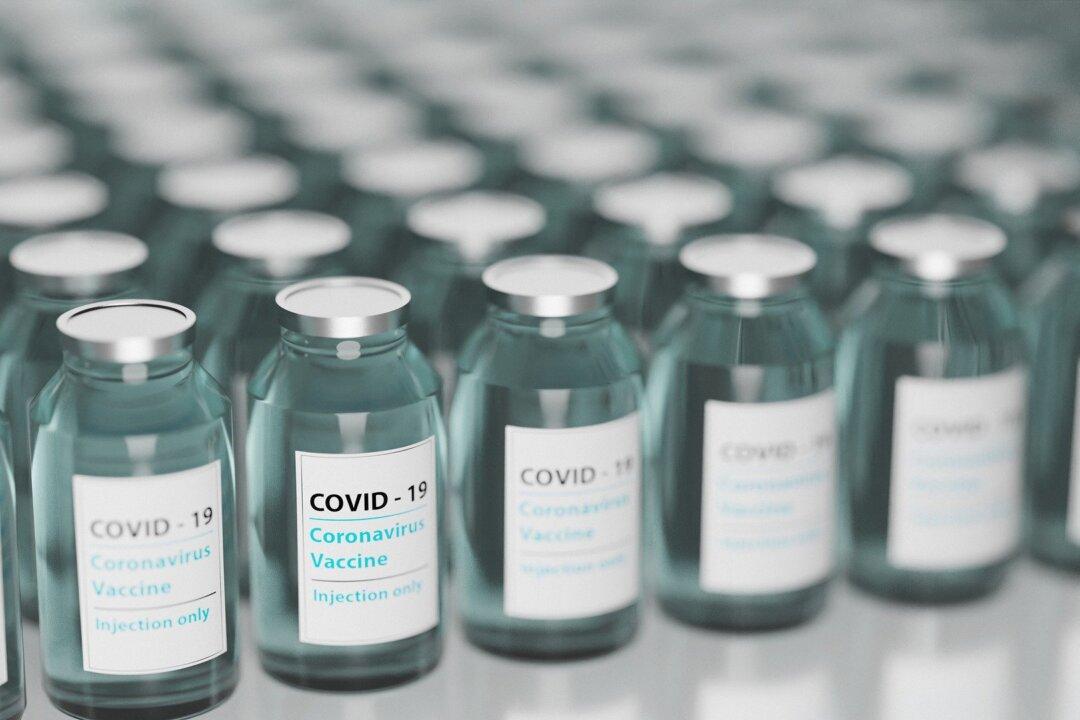Commentary
The pandemic is 16 months old and it has cornered the market of thoughts, ideas, and innovations. But what caught our attention recently is the statement from the governor of New Jersey, who said that everyone getting the vaccine in May would get a free beer.


